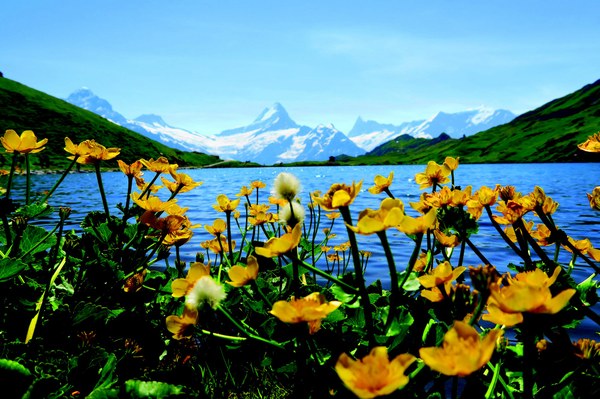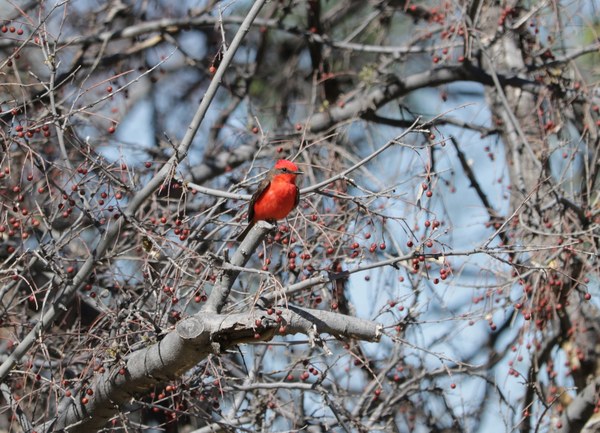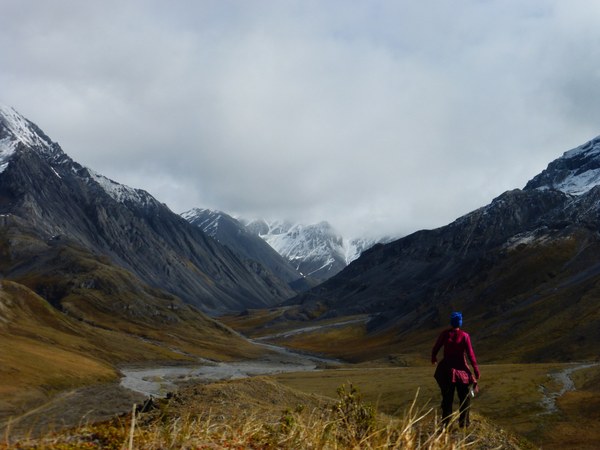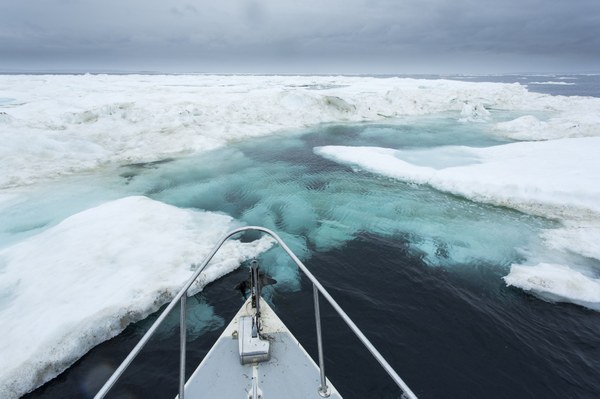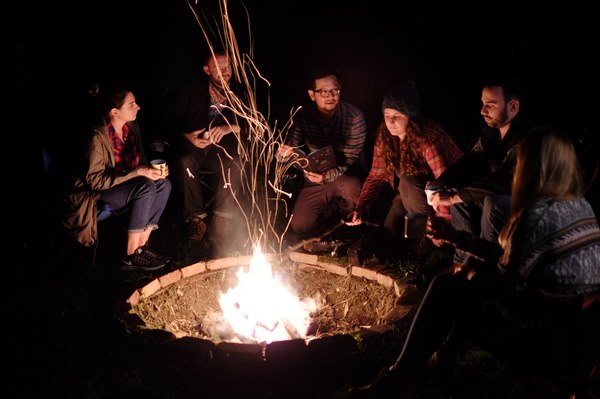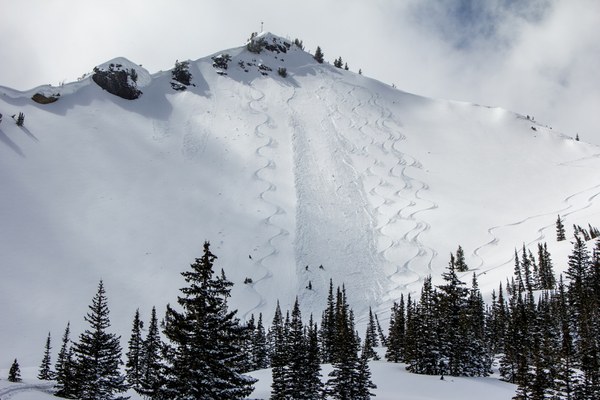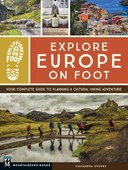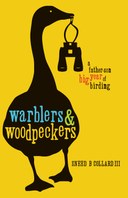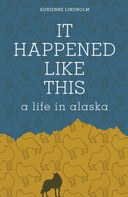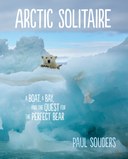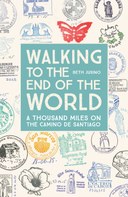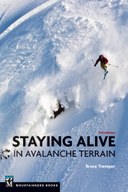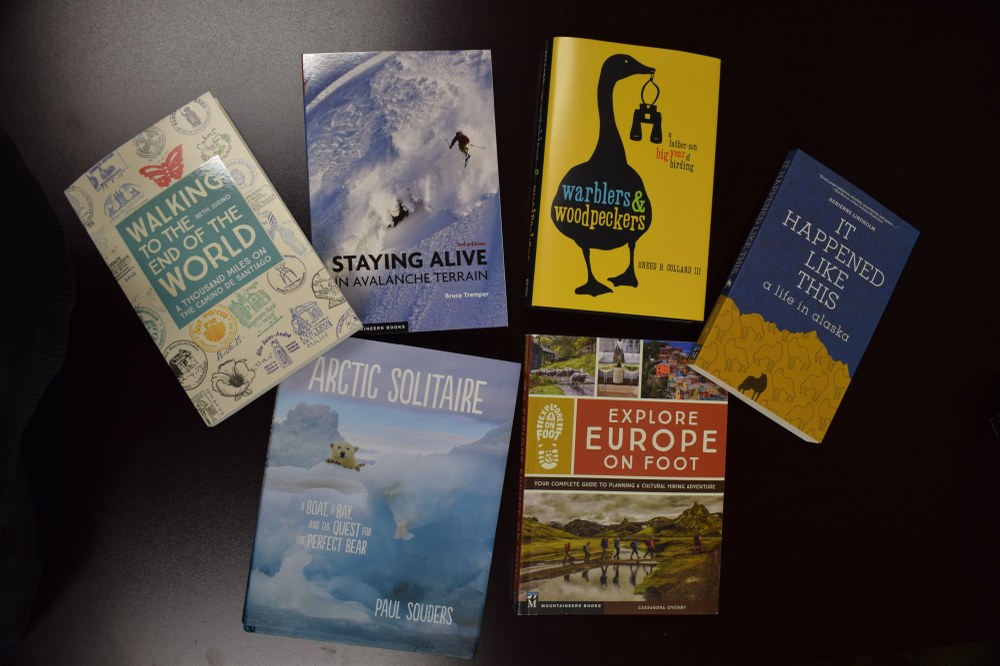
We asked our staff for their recommendations from this season's new books. It was hard to play favorites, but here's what we're really excited about!
Explore Europe on Foot
Consider yourself warned: Explore Europe on Foot makes it so easy to plan a walking adventure you’ll find yourself looking up plane tickets and estimating accrued vacation time before you’ve finished reading the introduction. From a medieval wine crawl to historic pilgrimages, an alpine pass route to beach cliff walks, Cassandra highlights fifteen multi-day walks and a selection of one-day wanders across Europe. She knows we can’t all quit our jobs to travel, so the walks she features fit within a one or two week trip. Each includes necessary information, like elevation gain, so you know what to expect when you make your plans. The real adventure begins when you unplug, start walking, and the trail unfolds before you. Gift this book wisely—in the hands of your friend with wanderlust, you may never see her again. —Katie, Sales Representative
warblers & woodpeckers
Warblers & Woodpeckers: A Father–Son Big Year of Birding recounts the quest of Sneed B. Collard, III, and his twelve-year-old son, Braden, to see as many birds as possible in a single year—their own personal “Big Year” bird species record count. With a blend of humor, natural history, and adventure, Sneed manages to share the excitement, challenges, and insights that come with crisscrossing the country in search of our wondrous feathered friends. But he also truthfully captures how a parent navigates the ups-and-downs inherent in a relationship between a middle-aged man and his teenage son. The interplay between their encounters with birds, other birders, and each other, over the course of one year, makes for a fast-paced yet generous story.
A marine biologist and scientist by training, Sneed’s observations on birds are factual but also vivid and accessible; readers can sense the birds flitting and flocking on the page, in sync with how he and Braden experience them in real time. Yet for this father-and-son duo, it’s in many ways more about the journey itself, than how many birds they actually see. Finding a great breakfast spot (Denny’s is always a safe bet!) and gaping at an alligator that appears during one Texas outing get as much attention as the grosbeaks, flycatchers, herons, puffins, and vireos. And even though they travel to many top birding destinations, some of their most lovely sightings and experiences happen right in their own backyard, spotting many birds within an hour’s drive of their Montana home. And that is, in part, what makes this book so appealing: you realize that anyone, anywhere can create his or her own “big year” simply by looking at the birds around us. —Kate, Editor in Chief
It Happened like this: a life in Alaska
Any of us who has ever felt the pull to live in a faraway place, even if it meant leaving a loving family and community behind, will be drawn in by the opening paragraphs of Adrienne Lindholm’s It Happened Like This. Perfectly expressing the inner conflict between a connection to home and a desire to prove something to oneself, Lindholm takes us along as she begins the adventure of a lifetime. And what an adventure it is. She doesn’t just move to a new city, where only the street names might be unfamiliar, she moves to Alaska to work as a backcountry ranger in Denali National Park, one of the wildest remaining places in the United States.
It Happened Like This goes far beyond an autobiographical account of Lindholm’s journey from a relationship-averse outdoor adventurer to a person who opens the door to love, then marriage, then—after great internal struggle—children. Throughout her years in Alaska, Lindholm dives deeply into questioning the meaning of home, examining the dynamic of strong women and men in the wilderness, exploring the complexities of living close to the land and the way that challenges preconceived notions about hunting and land management, and resolving her self-doubt about the path she has chosen. It’s an eloquent, reflective, inspirational read from a woman who truly has forged her own path. —Janet, Managing Editor
Arctic Solitaire: A Boat, A bay, and the quest for the perfect bear
When I first learned we would be publishing Arctic Solitaire, I knew Paul Souders’ book was going to resonate with me. Paul's adventurous obsession is the embodiment of my more vicarious relationship with the outdoors: the yearning to explore wondrous parts of the world that I've seen in photographs; the fear of being uncovered as not a True Outdoors Person (whatever that means); and the singular determination to complete a quest, even if that quest is “just” to get a better photo than the ones that drew me in the first place.
If you ever thought to yourself, “Why am I getting out of my warm bed at 5:00 a.m. on my day off?" If you ever thought to yourself, “I’m sure my little hatchback will handle those forest roads just fine.” If you've ever thought, “The slope doesn’t look that steep, let’s see what’s beyond it.” If you admire adventure over comfort and, even, reason, then you will empathize with the irrational-yet-completely-understandable logic behind pulling undersized fiberglass boat to the end of a wilderness road, plopping your boat into a bay almost no one will ever see, and pointing it north and further north. Drifting to find the bears you've dreamed about and are determined to take the perfect picture of. Sounds crazy and Arctic Solitaire gives you that adventure and a lot of laughs along the way. As for your family back home? If you come back in one piece, you can declare (mostly to yourself) “See?! See, my obsession is totally reasonable!” —Webster, Digital Marketing Manager
Campfire Stories: Tales from america's national parks
If books were meant to embody the stories they contain, you’d only need to run a finger along this cover to embrace its beauty. You’d only need to scan the soothing pages of outdoor design to remember what a river and a tent and a fire feels like. But, that is just the invite—the textures, the typeface, the weight of quality paper in your hands. The tales in Campfire Stories bloom like wildflowers from such soil.
They are eclectic, some born of the Southwest, others of geothermal wellsprings, stories of our general shareholdings. Public land. It’s a broad subject to cover.
Perhaps then Campfire Stories is a good place to start for those uninitiated to national parks. Perhaps a good place to revisit for the well-versed. Whatever the case, I imagine this book pairing well with travel-worn intentions, autumn crisp Sierra mornings, and a camp-cooked pot of coffee. I imagine it stirring something, somewhere, in everyone. —Tyler, Development Manager
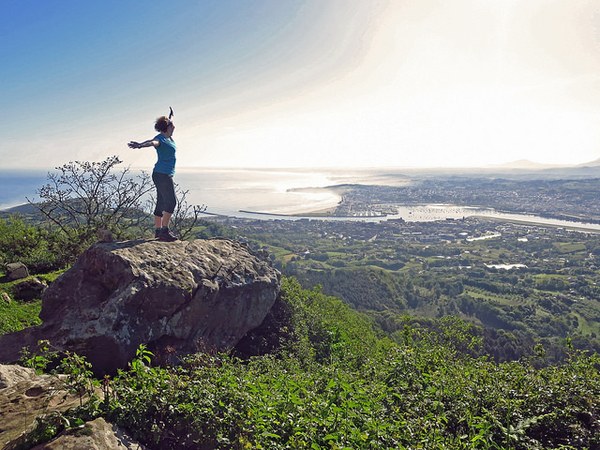 Walking to the End of the World: a thousand miles on the camino de santiago
Walking to the End of the World: a thousand miles on the camino de santiago
Walking to the End of the World is the inspiring yet down-to-earth account of author Beth Jusino’s 1000-mile, 79-day journey on the iconic Camino de Santiago. Beth is funny and instantly relatable, which makes her adventure a joy to read—even when she’s lamenting her aching feet (dubbed “the Princesses” in honor of their miraculous ability to feel every single pea-sized pebble in the trail). It’s impossible not to root for Beth as she gains confidence in her abilities and learns to let go of the weight of her expectations in favor of simply enjoying the experience before her. The miracle sheep are just a plus. —Marissa, Publicist
Staying Alive in Avalanche Terrain, 3rd Ed.
My first edition of Staying Alive in Avalanche Terrain is marked up, tabbed, and dog-eared. Every fall I find myself paging through it in anticipation of the upcoming snow season. And if some poor soul should ask me, "what's a good avy book," I find myself yammering on about Staying Alive until their eyes glaze over. Can't help myself.
First, I like the author, Bruce Tremper. His calm, wise and experienced demeanor gives me assurance that not many people know more about snow safety than him. He has the bonfides. Second, Staying Alive in Avalanche Terrain makes a complicated and serious topic very readable (see Bruce's "Ten Commandments"). And third, in organization and instruction, the book sticks closely to the AIARE I curriculum, which is the level of competency that most winter backcountry travelers will or should attain. It's an unfortunate reality that some people will die this winter in avalanches. Read this book and the probability that you won't be among them will go way up. —Doug, Director of Marketing & Innovation
 Mountaineers Books
Mountaineers Books
